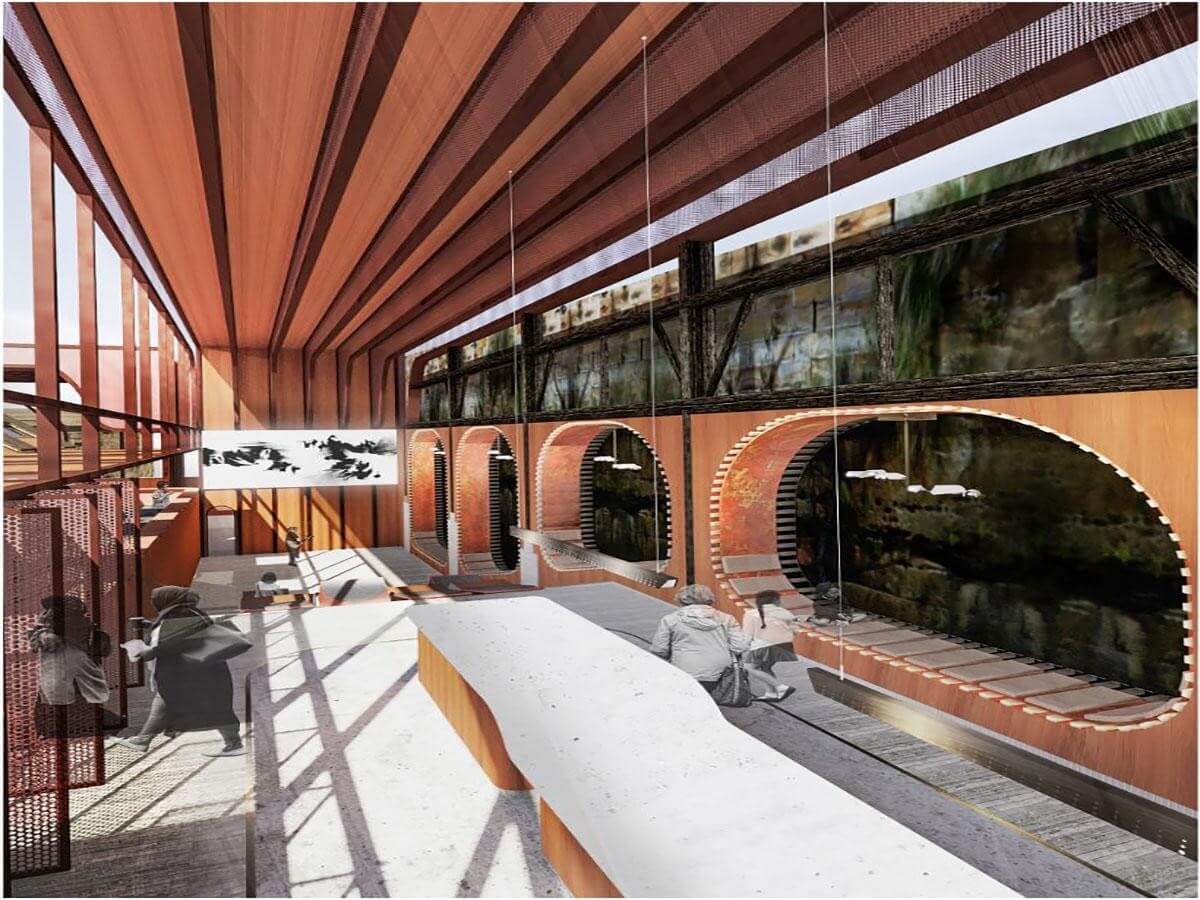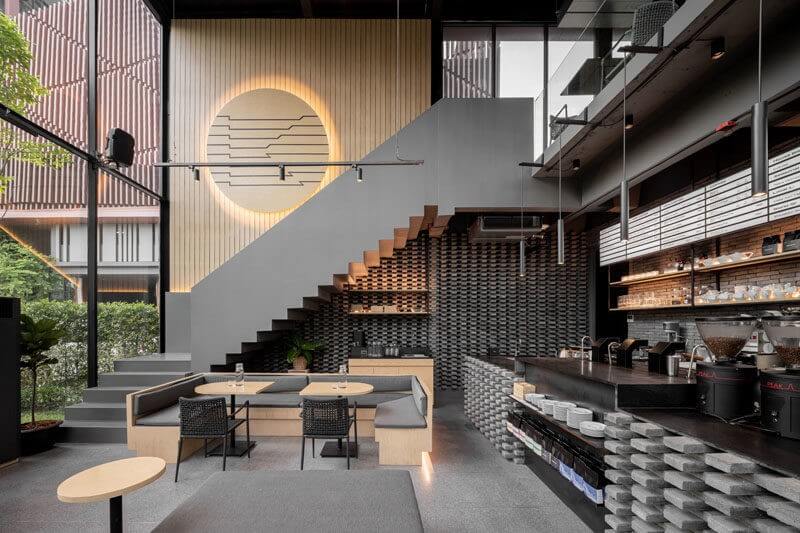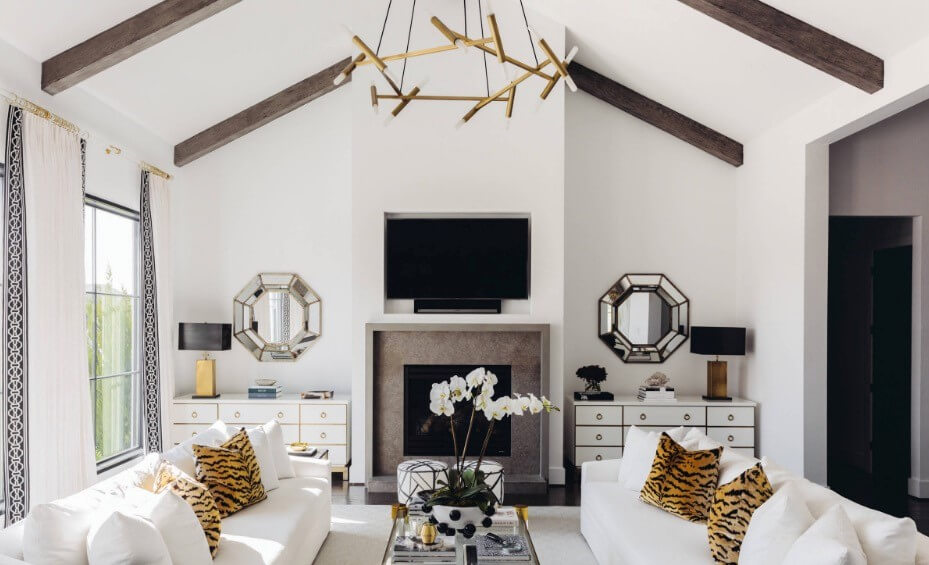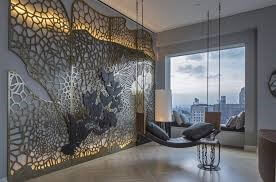We've achieved architectural excellence through knowledge, creativity, and teamwork. Our goal is to bridge the gap between our clients' visions and our design team's capabilities, resulting in the most suitable architectural solution.
Contact our internal manager, Ms. Vatanpour, at +989123809718.
Introduction to Interior Architecture
The term "interior architecture" has gained prominence as the boundaries between architecture and interior design have become increasingly blurred. This is largely due to technological advancements in CAD and the expanded scope of interior design education. While interior design traditionally focuses on smaller-scale projects and aesthetics, interior architecture delves into larger-scale projects that require a deeper understanding of building structures and systems.
Interior architecture blends art and science, encompassing all building elements. While interior architecture training is a step, one can't claim to be an interior architect without professional accreditation. Interior design is broader, covering all aspects of interior space planning and design. Interior architects and designers have distinct roles. Interior decoration, on the other hand, is focused on aesthetics like furnishings and color palettes.

Interior Architecture
Interior Architecture from a Professional Perspective
Interior architecture deals with the design of structures and workspaces, encompassing aspects of both interior design and architecture.
Interior architecture is an interdisciplinary field that merges interior design and architecture into a single discipline. An interior architect's role is to create designs that are both aesthetically pleasing and functional, while also ensuring the quality and accuracy of the completed structures. Interior architects work with a variety of structures and spaces, ranging from residential to commercial or industrial. They go beyond the role of a decorator, designing the structure itself as well as the interior layout.
Put differently, interior architecture is the design of the inside of a building. This can involve everything from initial planning to renovations and remodels. It's about creating functional and aesthetically pleasing spaces that meet the needs of the people who use them. In essence, interior architecture is the art of designing interior spaces within the constraints of a building's structure.

Interior architecture - Interior design styles
In interior architecture, the following can be mentioned:
The art and science of designing and constructing buildings and their interior spaces as a licensed architect with relevant physical attributes.
The activity of an interior architect, where architecture refers to providing professional services related to the design and construction of the interior of a building, with the primary goal of creating a sense of tranquility in human living spaces.
Familiarity with interior design styles
Interior design styles, like any other profession, have their own unique characteristics and diversity, some of which are as follows.
1.Modern Interior Design: This is the simplest style with the fewest elements to consider when decorating a space. It stands out among interior design styles for its distinctive characteristics, including:
Simple, straight lines
Purpose-driven:
Maximizing minimal space
Basic shapes and forms

Interior design styles
2. Minimalist Style: The minimalist style in interior design prioritizes simplicity and functionality. It emphasizes the use of the bare essentials, reducing clutter and focusing on the purpose of each element within a space. By minimizing details and maximizing functionality, this style creates a clean, uncluttered aesthetic. This approach often involves using a minimalist algorithm to select only the necessary components for a space, resulting in a modern design that is both efficient and visually appealing.
3. Contemporary style: Often characterized by its flexibility, its strength lies in its lack of adherence to a particular style or design. Due to its inherent disbelief in specific methods, this style is constantly evolving and updating.
4. Industrial Style: This style is one of the interior design styles with a rough and workmanlike appearance. It is based on skyscrapers and large, high-rise buildings. As the name suggests, the industrial style is derived from large, interconnected, multi-purpose halls.
5. Rustic Style: This style is based on two foundations: the stonework profession in Renaissance architecture and a type of architecture common in North America. This style has a character based on simple rural architecture, where simplicity and lack of luxury and ceremony are evident, and its main inspiration comes from rural nature.
6. Neoclassical Style: This style is a fusion of modern and classical styles, incorporating the elegance of classical design and the simplicity of modern aesthetics. While classical and neoclassical styles share some similarities, they differ in their approach and underlying philosophy.
7. Classic Style: This style is one of the few where symmetry is strongly emphasized. Its design evokes a sense of connection to old and antique objects, showcasing the embedded symmetry within these objects and the harmonious architecture that complements them.

Interior design styles


